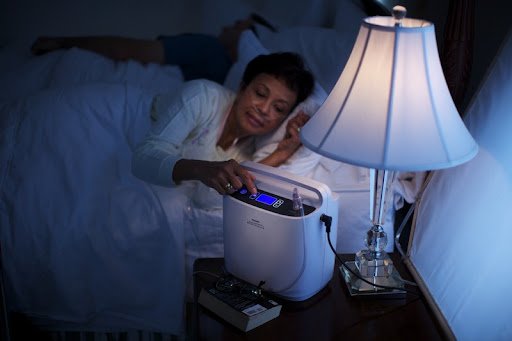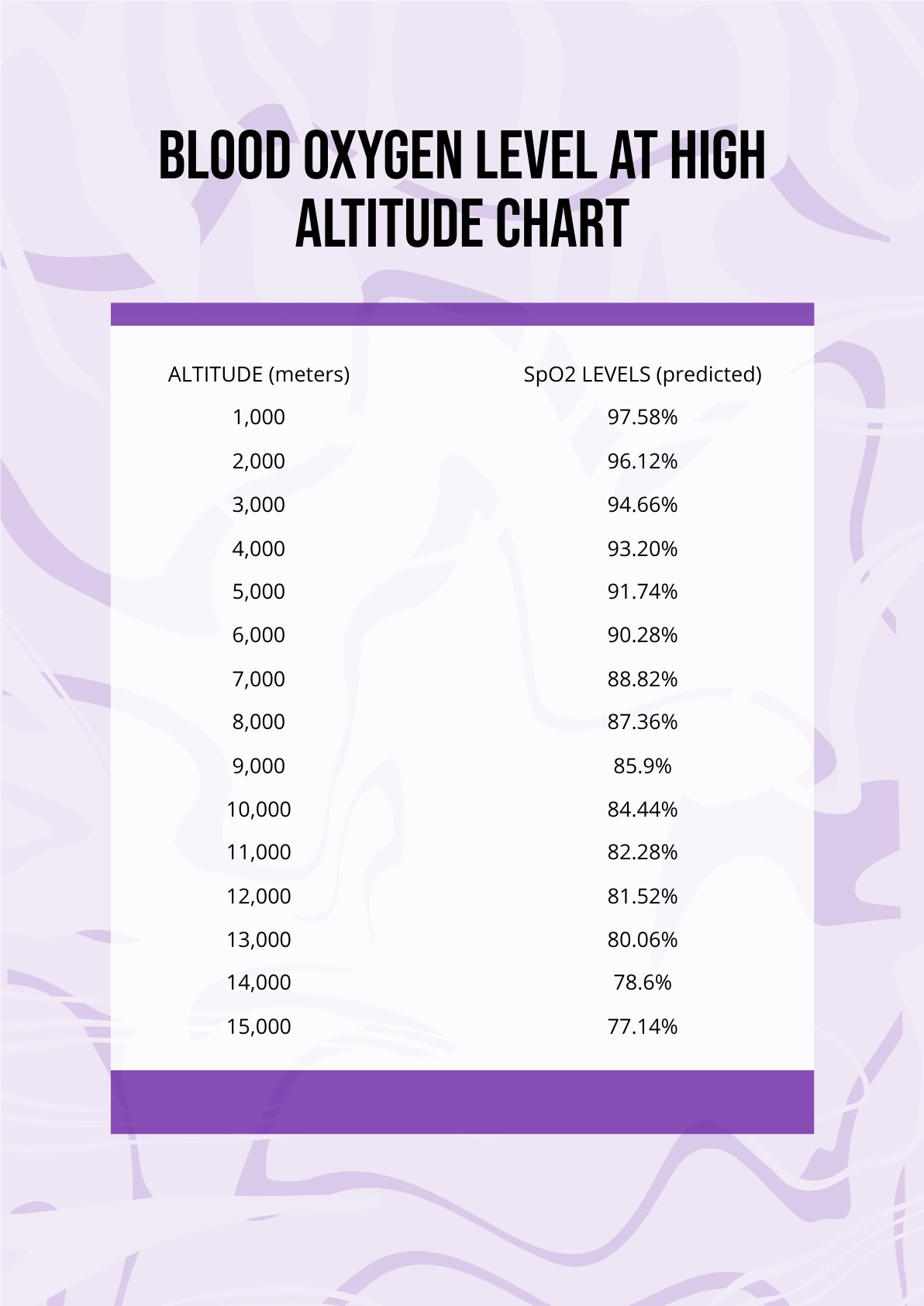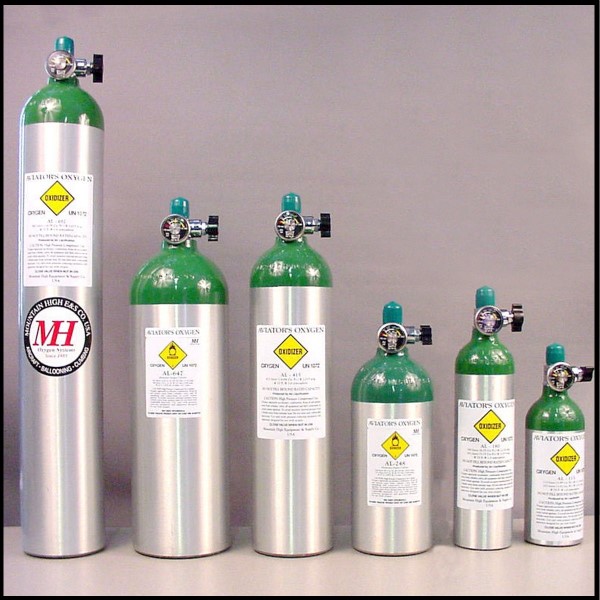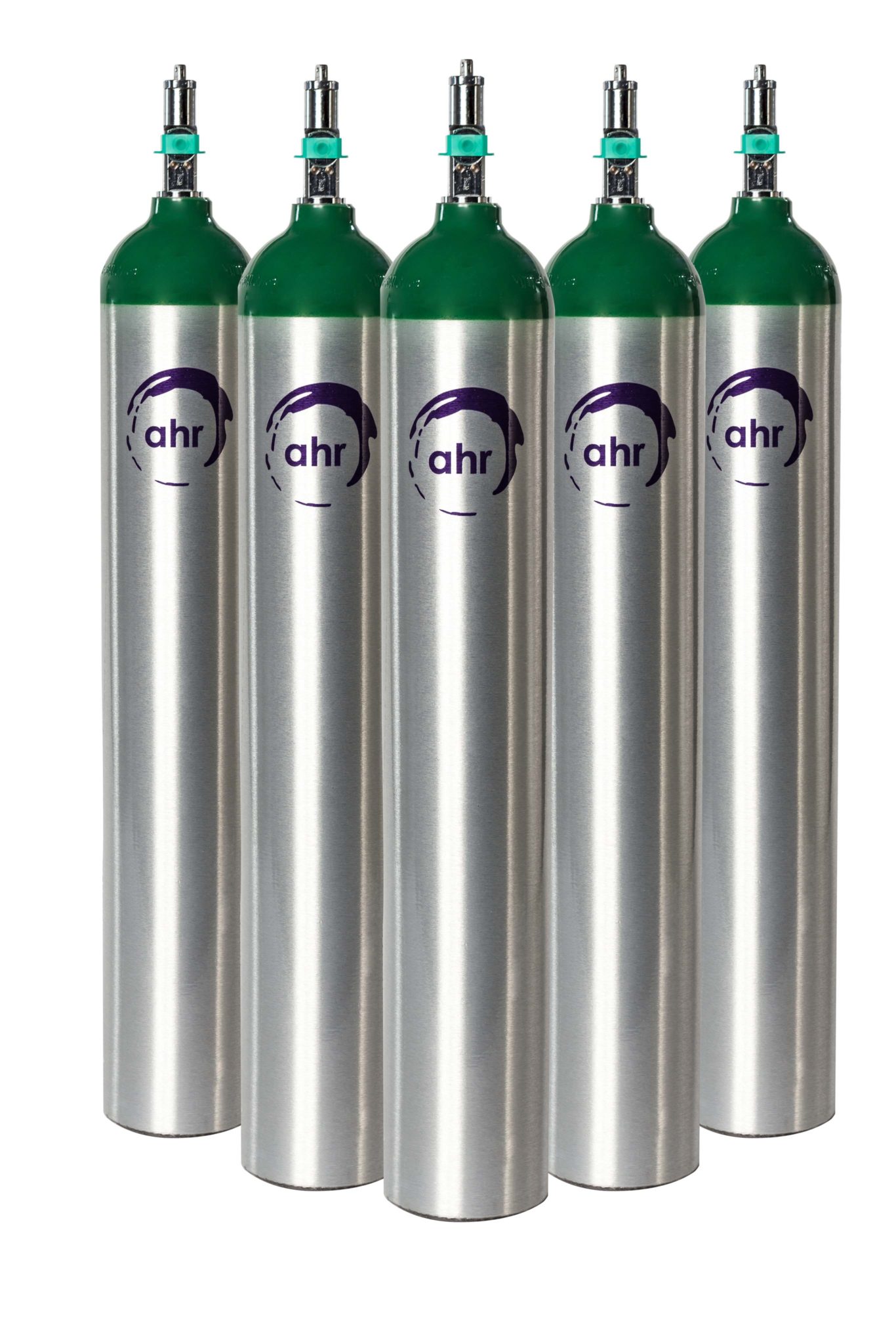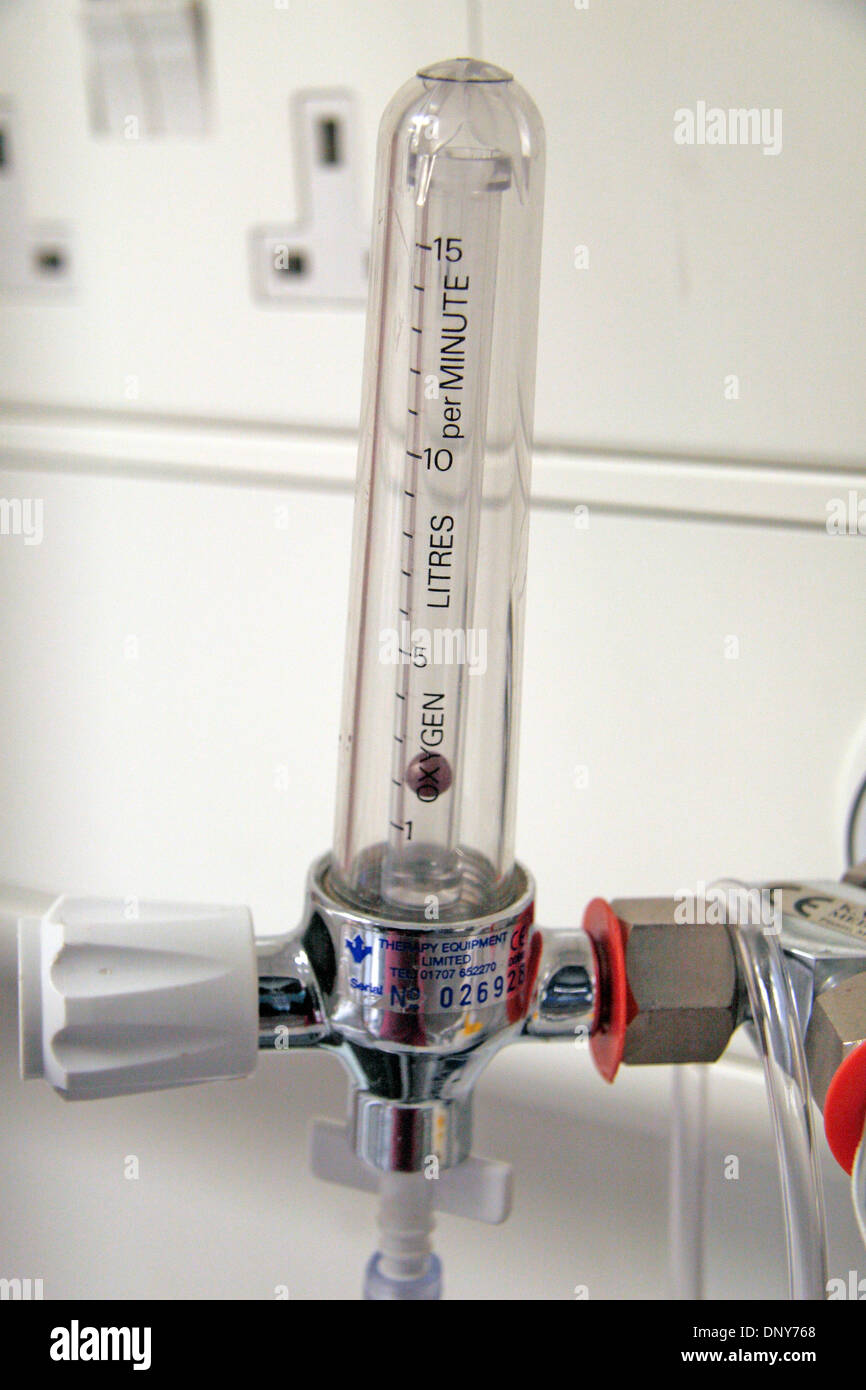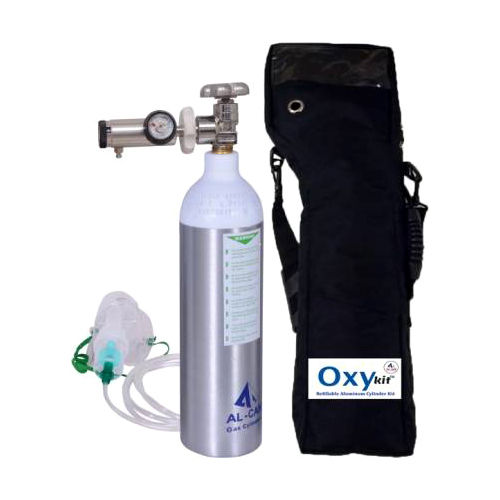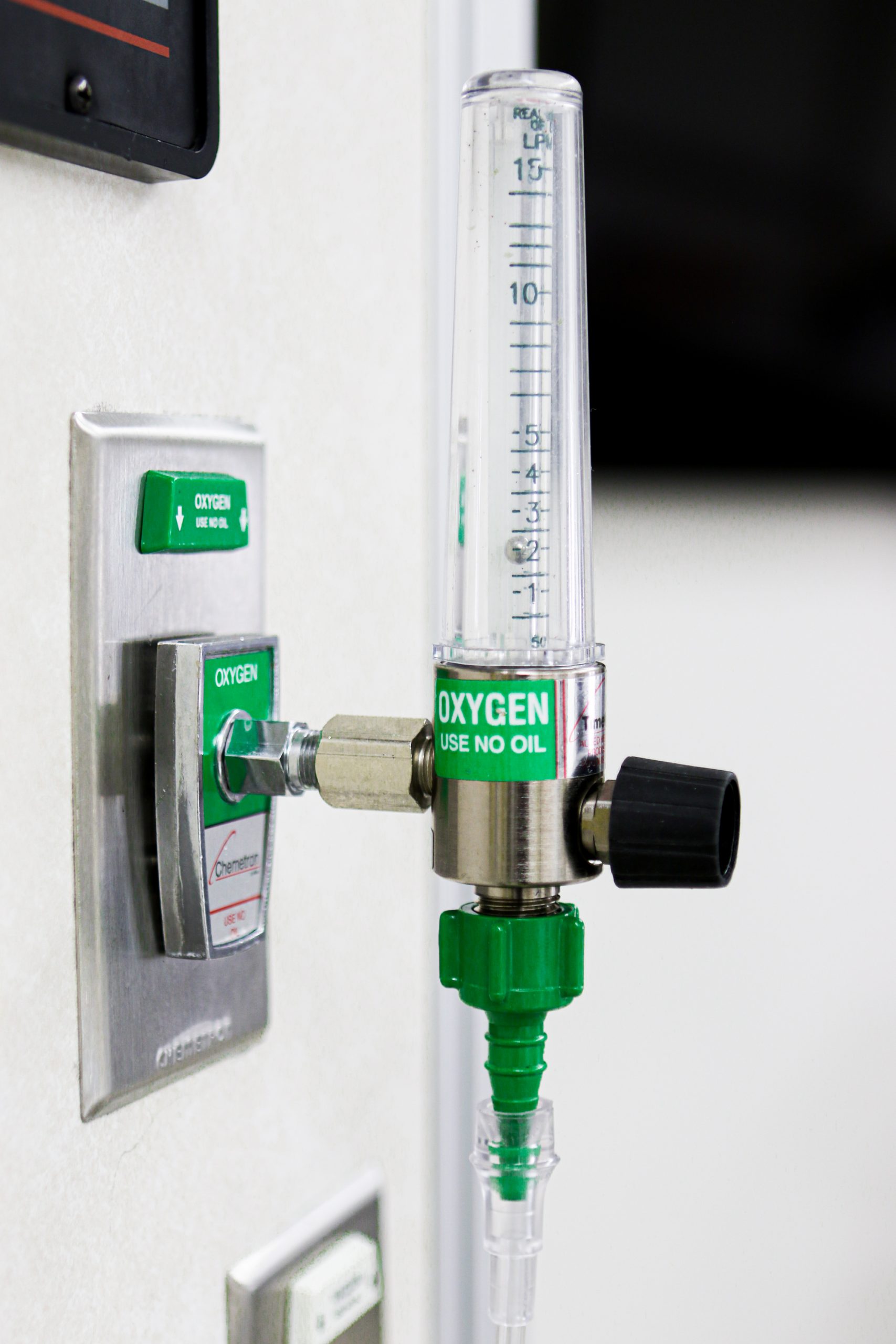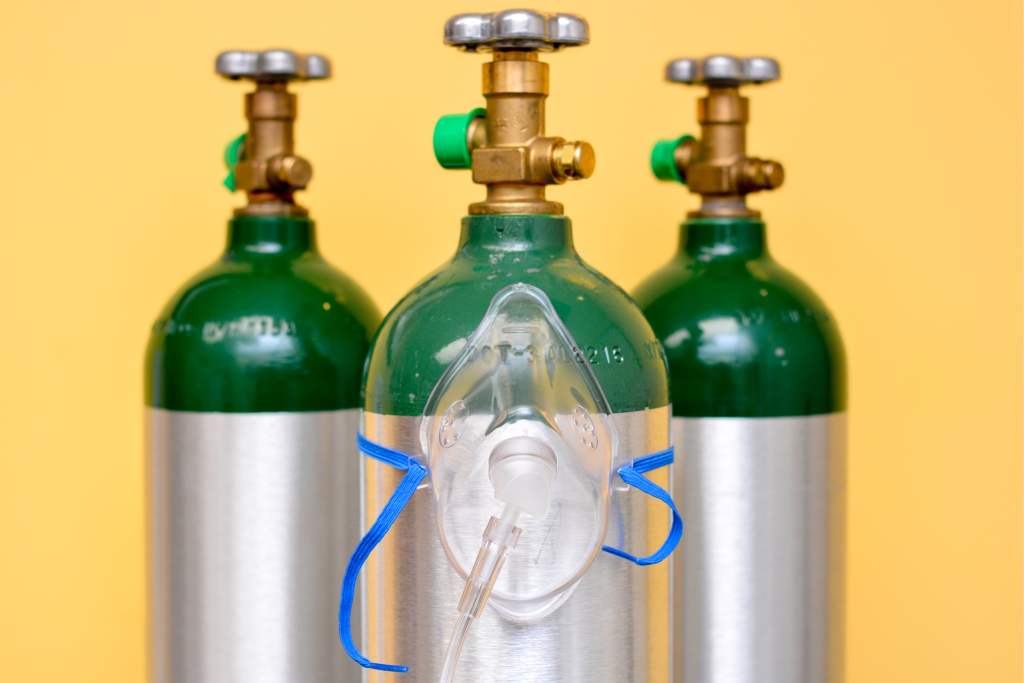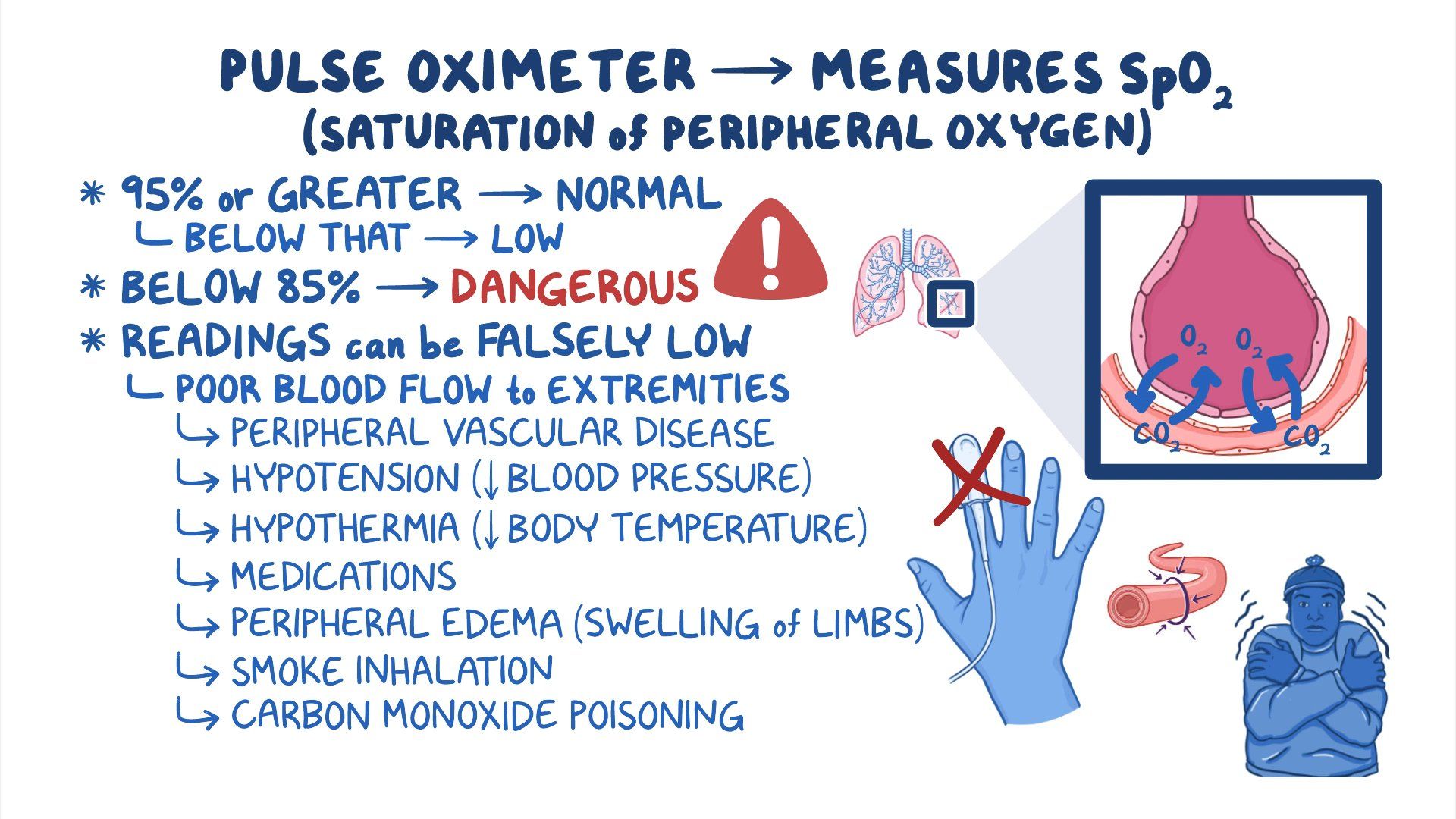2 Liters Of Oxygen At Night
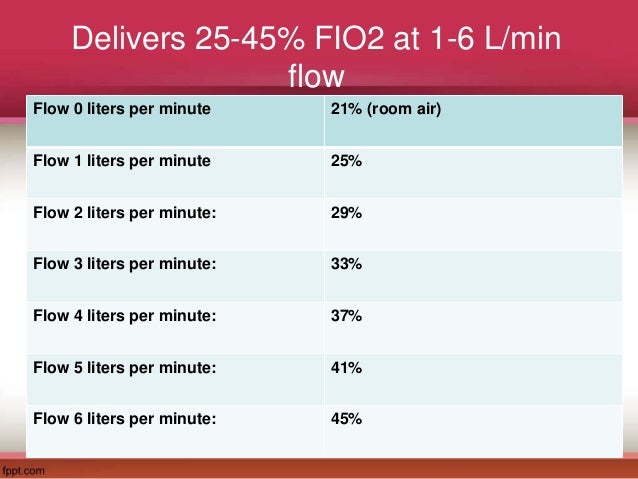
The soft glow of the bedside lamp cast long shadows across Amelia's room, illuminating dust motes dancing in the still night air. Beside her, a small, humming concentrator quietly worked, a constant companion in the silent hours. Two liters of oxygen flowed steadily through the nasal cannula, a lifeline providing the breath that came less easily these days. It was a simple ritual, a small act of self-care that made all the difference between a restless night and a restorative slumber.
This isn't just Amelia's story; it's a window into the lives of millions who rely on supplemental oxygen, particularly at night, to manage a variety of respiratory conditions and improve their overall well-being. Understanding the use of 2 liters of oxygen at night, its benefits, and who might benefit from it, is crucial for both patients and their caregivers.
The Breath of Life: Understanding Nocturnal Oxygen Therapy
Nocturnal oxygen therapy, or the use of supplemental oxygen during sleep, is a common intervention for individuals with chronic respiratory illnesses. Conditions such as Chronic Obstructive Pulmonary Disease (COPD), sleep apnea, and heart failure can lead to reduced oxygen levels in the blood during sleep, known as nocturnal hypoxemia.
This drop in oxygen saturation can have significant consequences. It can strain the heart, lead to pulmonary hypertension, and disrupt sleep architecture, resulting in daytime fatigue and cognitive impairment. Supplemental oxygen helps to counteract these effects, maintaining adequate oxygen levels throughout the night.
Why 2 Liters? A Matter of Individual Needs
The specific flow rate of oxygen prescribed, such as 2 liters per minute (LPM), is determined by a healthcare professional based on a comprehensive evaluation. This evaluation typically includes pulse oximetry monitoring during sleep and, in some cases, an overnight polysomnography (sleep study). The goal is to titrate the oxygen flow to maintain a target oxygen saturation level, usually above 90%.
Two liters of oxygen is a relatively common starting point for nocturnal oxygen therapy. However, it's important to remember that this is not a one-size-fits-all prescription. Some individuals may require less, while others may need more to achieve the desired oxygen saturation.
Factors influencing the appropriate oxygen flow rate include the severity of the underlying respiratory condition, body weight, and individual metabolic needs. Regular monitoring and adjustments by a physician are essential to ensure optimal therapy.
The Science Behind the Slumber: Benefits of Oxygen at Night
The benefits of using 2 liters of oxygen at night extend far beyond simply improving oxygen saturation levels. Research has consistently demonstrated positive impacts on various aspects of health and quality of life. These include improved sleep quality, reduced daytime fatigue, and enhanced cognitive function.
One of the most significant benefits is the reduction in cardiovascular strain. By maintaining adequate oxygen levels, the heart doesn't have to work as hard to pump oxygen-rich blood throughout the body. This can help prevent or manage complications like pulmonary hypertension and heart failure.
According to the American Lung Association, long-term oxygen therapy, when appropriately prescribed and used, can also improve survival rates in individuals with severe COPD. This underscores the importance of adhering to prescribed oxygen therapy regimens.
Who Benefits from 2 Liters of Oxygen at Night?
While a doctor must prescribe oxygen therapy, it's helpful to know which conditions often require this treatment. Individuals with moderate to severe COPD are often prescribed nocturnal oxygen therapy.
Those with sleep apnea who experience significant oxygen desaturations despite using CPAP (Continuous Positive Airway Pressure) therapy may also benefit. Additionally, patients with congestive heart failure or other conditions affecting lung function may require supplemental oxygen during sleep.
It's crucial to consult with a physician to determine if nocturnal oxygen therapy is appropriate. A thorough evaluation is necessary to accurately diagnose the underlying condition and determine the optimal oxygen flow rate.
Living with Oxygen: Practical Considerations
Adjusting to life with oxygen can present some initial challenges, but with the right information and support, it can be a manageable and positive experience. There are several practical considerations to keep in mind, from equipment maintenance to safety precautions.
Oxygen concentrators are the most common source of supplemental oxygen for home use. These devices extract oxygen from the air, eliminating the need for bulky oxygen tanks. Regular maintenance, such as cleaning the filter, is essential to ensure optimal performance.
Safety is paramount when using oxygen. Oxygen is a highly flammable gas, so it's crucial to avoid smoking or being near open flames while using oxygen. It's also important to store oxygen equipment properly and ensure adequate ventilation.
Many resources are available to help individuals adapt to living with oxygen. Support groups, online forums, and healthcare professionals can provide valuable information and emotional support. Learning how to properly use and maintain oxygen equipment, as well as strategies for managing daily activities, can greatly enhance quality of life.
"Living with oxygen doesn't have to limit your life," says Dr. Emily Carter, a pulmonologist specializing in respiratory care. "With proper management and support, individuals can continue to enjoy fulfilling and active lives."
Beyond the Liters: A Holistic Approach to Respiratory Health
While supplemental oxygen is a crucial intervention for many, it's important to remember that it's just one component of a comprehensive approach to respiratory health. Lifestyle modifications, such as smoking cessation, regular exercise, and a healthy diet, can also play a significant role in improving lung function and overall well-being.
Pulmonary rehabilitation programs offer a structured approach to improving respiratory function through exercise, education, and support. These programs can help individuals with chronic respiratory illnesses manage their symptoms, improve their exercise tolerance, and enhance their quality of life.
Maintaining a strong connection with your healthcare team is essential for managing respiratory health effectively. Regular check-ups, open communication, and adherence to prescribed treatment plans are key to achieving optimal outcomes.
Staying informed about new advancements in respiratory care can also empower individuals to make informed decisions about their health. Research is constantly evolving, leading to new and improved therapies for managing respiratory conditions.
A Breath of Hope: Looking Forward
Back in Amelia’s room, the oxygen concentrator continues its gentle hum, a reassuring presence in the darkness. It’s more than just a machine; it’s a symbol of hope, a testament to the power of modern medicine to improve lives. While the underlying condition remains, the supplemental oxygen provides a vital lifeline, allowing Amelia to breathe easier, sleep better, and live more fully.
The use of 2 liters of oxygen at night is a simple yet powerful intervention that can make a profound difference in the lives of individuals with respiratory illnesses. By understanding the benefits, practical considerations, and holistic approach to respiratory health, both patients and caregivers can navigate this journey with greater confidence and optimism. The ability to breathe freely is a precious gift, and supplemental oxygen can help restore that gift to those who need it most.
